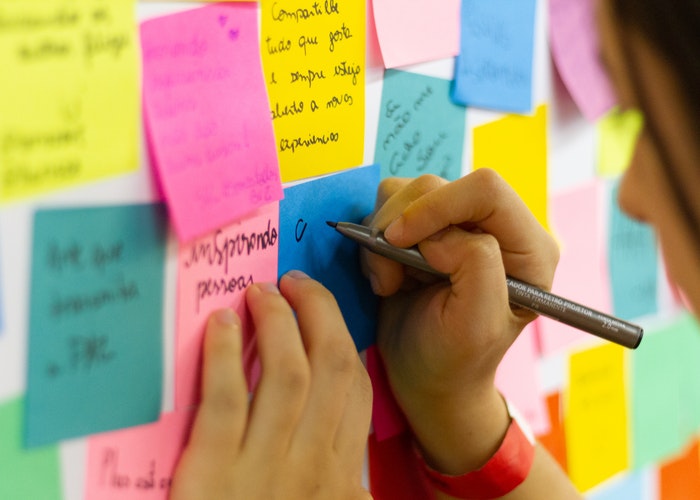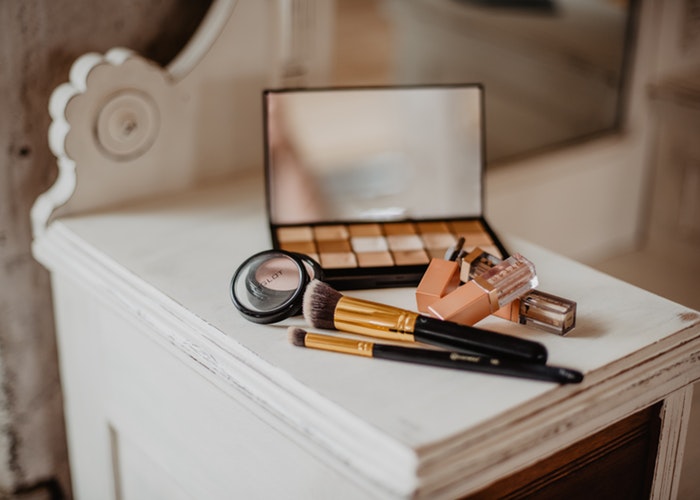The Checklist That Let Me Know I Was Financially Ready For Grad School

As I write this, I am less than three weeks from leaving my job to go to graduate school full time, and I’m terrified. I’m nervous about future grades, my one-hour commute, and impending impostor syndrome — but not about money. Financially, I feel confident, because I have laid the foundation to transition to being a full-time student with as little financial stress as possible.
A bit of background
I’ve been working at my job ever since I finished my undergraduate degree. Salary-wise, it’s about average for entry-level work — I’m neither balling nor struggling by earning a clean $49,000 in New York City — and overall, it’s been an excellent chance to network and learn new things. However, I’m ready for a change and to advance, and I know that, for my field, the best way to do so quickly is to invest in a competitive graduate degree. That point leads me to the first checklist entry (and read on for the rest):
1. Make sure that the program you’re going into is worth it for you and your field. Before I bit the bullet and took the GRE and submitted my applications, I spent around six months researching different graduate programs, their alumni, their curricula, their prices, and their post-employment statistics. After that research, I was aware not only of what I had to do to get into my top school, but also that if I didn’t get into my top program, a graduate degree just wouldn’t be worth it at this time. Having self-awareness of both your abilities and your goals will allow you to save money in the application process as well. (Unlike many of my peers who apply to multiple schools and pay hundreds of dollars in application fees, and testing, I only applied to one school and two programs.) It also ensures that you are going to the right school for your goals and saves you from realizing that you’ve made a mistake thousands of dollars later and a year in.
2. Know your spending habits. When I decided to pursue graduate school full time, I decided to use Mint to see where my money was going. How much do I spend on food, and how much of that is necessary? Do I need to splurge on a new dress every month? I found that outside of essentials such as like food, rent, and utilities, I was spending way more money than I had to on clothes by falling for ASOS’ marketing emails, my internet provider had upped my monthly payments by $20 a month over two years, and I spent way too much money on lunches. Being aware of that led me to make changes such as unsubscribing from all marketing emails, switching to a cheaper internet provider, and bringing lunch to work more often. Knowing what it takes me to sustain a base-level existence allowed me to set savings goals, wean myself off excess spending, and outline a budget for my future self.
3. Know your earning potential. Not having a “job” doesn’t mean you can’t earn any money. Ask yourself whether or not you will you apply for work-study, get a new/expand your present side hustle, prioritize paid internships, or seek out assistantships. I took stock of my skills and network to see what side gigs I could do and what was available through my school. Take time to parse out your earning capabilities. I realized that with my new found free time I could try my hand at writing, expand my digital media and web design work, and possibly get a part-time gig at a store I like (making money + staff discount is a win-win!). It can be hard to balance work and a graduate degree, but it’s not impossible.
4. Seek out all possible options for financing your degree. Look at fellowships, funding trends for your degree, and external scholarships that, yes, may involve a little more paperwork, but it’ll be all worth it when you get the paper deposited into your bank account. Alongside my school application, I applied to eleven scholarships with varying levels of success. Between my awards and self-financing, I earned enough to turn what could have been $120,000 in educational debt into $50,000.
5. SAVE. This goes without saying, but you’re going to need money. For me, that was two sets of money: a living fund to supplement my meager work-study allowance and freelance income in financing day to day expenses and an emergency fund for sudden large expenses like an emergency laptop or medical costs. Knowing my spending habits allowed me to project what I’d need for at least two semesters and knowing my earning potential allowed me to see what I needed to balance out.
6. Enjoy. Graduate school is not for everyone — but if you decide it is for you, it could be a magical two years with wonderful new people and knowledge under your belt. I will be entering the graduate program of my dreams and learning from people with admirably brilliant minds. It will be extremely tough, but what good things aren’t?
*****
As I enter the class of 2020, I join the hundreds of thousands of graduate students who are halting their careers in the search for knowledge. If you’re joining us next year, I hope my checklist helps you to plan how to make the best out of the experience by making finances one less thing to worry about.
George-Ann Ryan is a twentysomething researcher studying economic development and financial security trends. In Fall 2018, she’ll be beginning graduate studies at Columbia University’s School of International and Public affairs and plans to blog about the experience at georgeannjryan.com. Follow her on Twitter at @georgeannjryan.
Image via Unsplash




